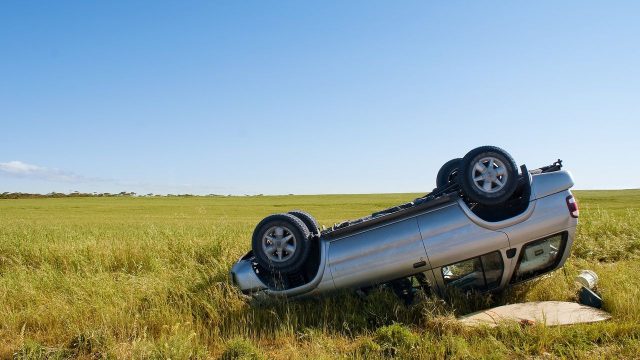
When you are upside down on your auto loan, it means you have more left to pay on the loan than the vehicle you took out the loan to purchase is actually worth. Also called negative equity, this situation can pose serious problems.
An increasing number of Americans are experiencing this. Data from car-shopping site Edmund’s released in late July revealed that “26.6% of trade-ins applied toward a new-vehicle purchase had negative equity,” marking a “four-year high,” said The Washington Post. The amount drivers are owing is not insignificant either — on average, the “amount of these upside-down loans was $6,754 in the second quarter of the year,” with over 23% owing more than $10,000, said the Post, citing Edmund’s data.
What is an upside-down car loan?
A car loan is upside down when the outstanding balance on the loan exceeds the vehicle’s worth — for example, if “your car’s value is $12,000, but your loan balance is $15,000,” which would result in a “negative equity of $3,000,” said Bankrate. To trade in or sell your car, you would have to pay the lender that difference.
This circumstance can arise for a number of reasons. For one, when you overpay for a car, as many people ended up doing due to supply chain issues in 2021, “you increase the likelihood of owing more on the loan than what the vehicle is worth,” said the Post. Two other common causes are “financing a car with no money down” and “picking a long repayment term,” largely due to the rate of car depreciation, said Bankrate.
Is it bad to be upside down on your auto loan?
It generally “will only have an effect if you need to switch vehicles before your loan is completely paid off,” said Bankrate. So if you do not switch vehicles and continue paying off your auto loan, you likely will not experience an impact.
However, if you do want a new car and trade in your vehicle, “you’ll likely have to pay the difference between your car loan balance and the car’s value out of pocket or add the negative equity to your new car loan,” said Experian.
An upside-down auto loan can also pose a problem if your car gets totaled. That is because “after an accident, the insurer pays out the current value of your car (based on their estimate),” said NerdWallet. “But if you’re upside-down, you’ll owe the lender that amount, plus your negative equity — possibly several thousand dollars out of pocket.”
How can you get out of an upside-down car loan?
If you are upside-down, there are several ways to get right-side-up:
- Contact your lender to see what options they might offer
- Make additional payments to start building equity faster
- Refinance to shorten your loan term, which will help you catch up quicker
- Hang onto your car until your loan is paid off
This happens when the outstanding balance on a car loan exceeds the vehicle’s worth






